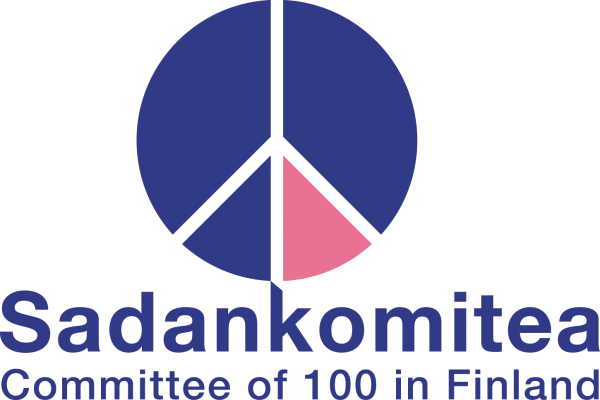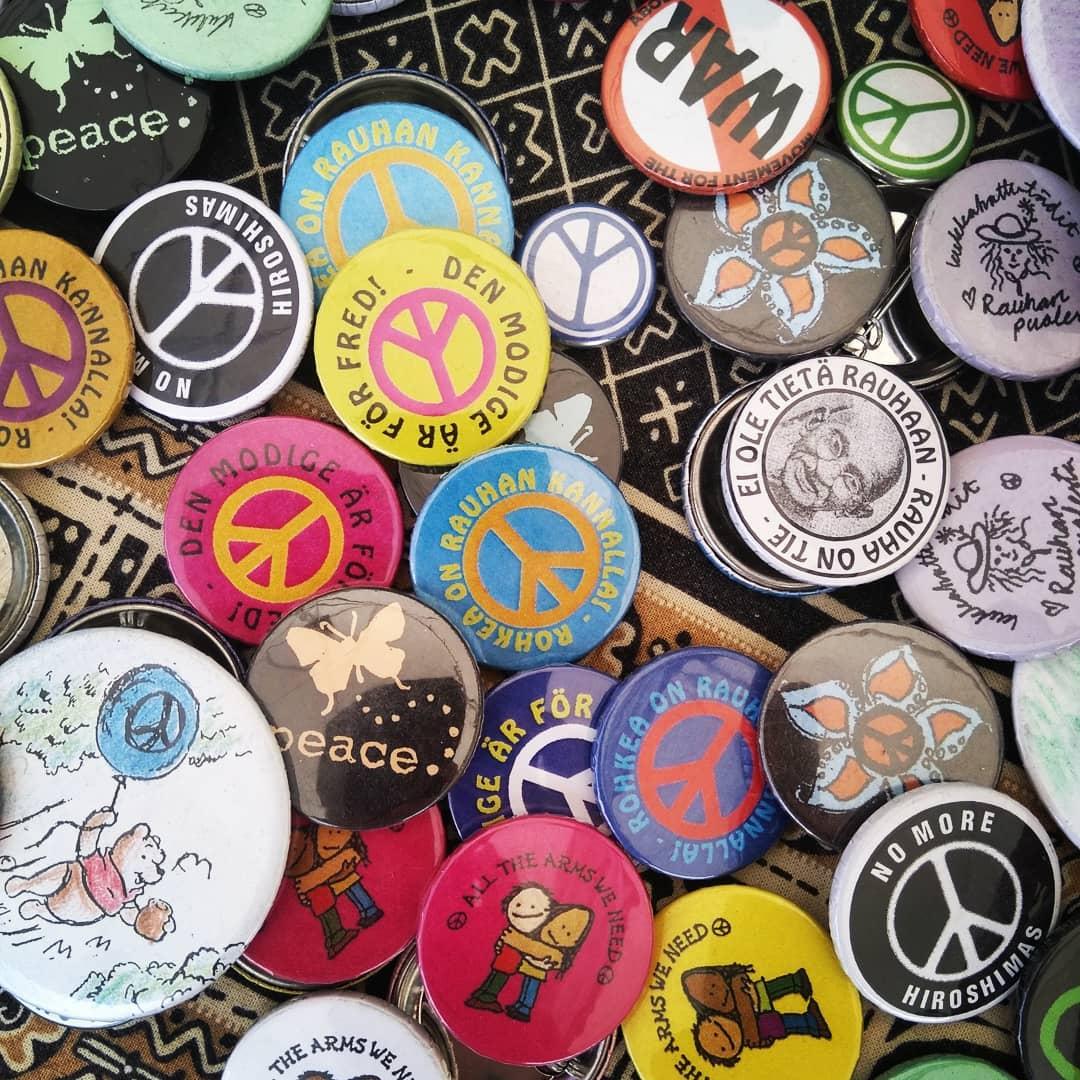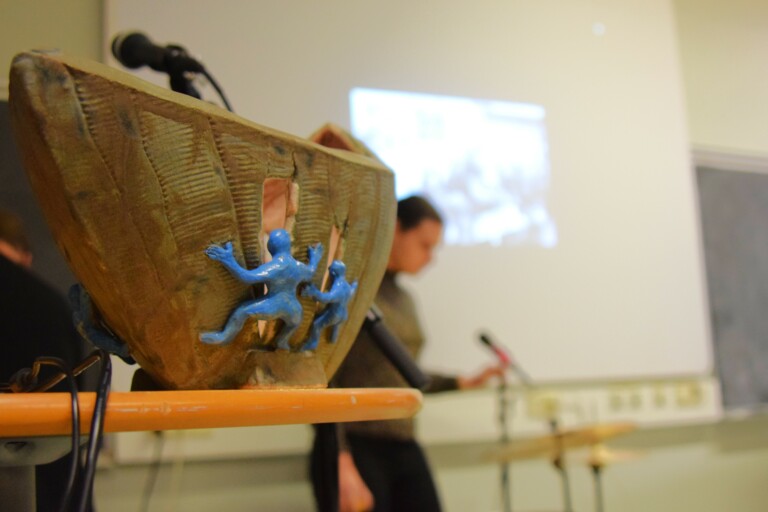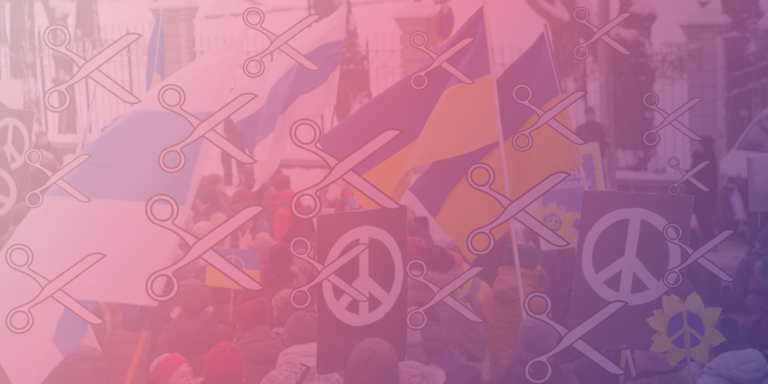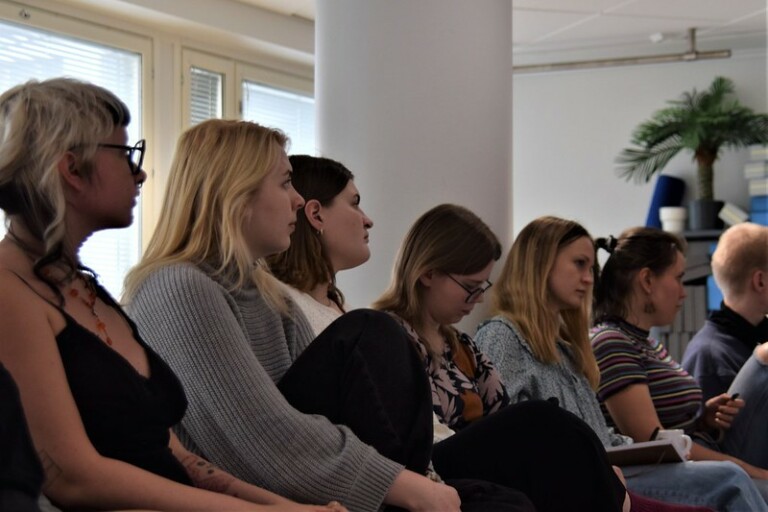Education has become a central topic in debates about future peacebuilding. It’s been recognized as an effective tool for personal and societal development and as a vehicle for the mobilization of large groups of people. Education raises people’s awareness of current challenges, as well as fosters cooperation in addressing them.
The global mobilization to achieve peace and include all relevant voices in its construction is closely interlinked with peace education. Peace education is a key to the prevention and transformation of conflicts, and it simultaneously promotes youth leadership at all levels.
What is peace education?
Peace education is a way of promoting knowledge, skills, and attitudes that contribute to conflict prevention and resolution using peaceful strategies.
Its main tenets are nonviolence, social justice, human rights, gender equality, conflict resolution techniques, environmental responsibility and disarmament. It promotes values like trust, solidarity, responsibility, tolerance, and respect for diversity among people.
Peace education aims to foster change in attitudes and behavior on three levels. The first level is inner peace: where there’s a sense of harmony and spiritual balance within an individual, freedom, good health and absence of inner conflicts.
Second comes societal peace: where all human relationships are based on mutual understanding, cooperation and tolerance, as well as contributing to community-building. The political aspect of this includes upholding democracy and respect to human rights as cornerstones of society.
The final level is environmental peace, where the humanity is in harmony with the natural environment.
It is fundamental to address all three levels in order to make peacebuilding initiatives sustainable and facilitate a culture of peace. In the words of Laing, peace education attempts to respond to conflict and violence “on scales ranging from the global and national to the local and personal”. It is about exploring ways of creating more just and sustainable futures.
Promoting youth leadership in schools
Youth leadership is the process of training young people to become agents of change in their communities. Education curricula, schools, teachers and other staff are crucial, and they need to consider youth leadership as a genuine way of achieving peace and social change in order to succeed in this process.
The characteristics of the curricula and the activities it includes are essential in promoting leadership skills in young people. A curriculum should foster deeper understanding of leadership, promote self-reflection, and aim at improving both personal and problem-solving skills.
Promoting self-reflection allows young people to evaluate their inner strengths and weaknesses, to understand their capacity for positive transformation, and to identify how to lead others. Likewise, personal development requires learning from their own mistakes as well as from others’ experiences.
Enhancing young people’s problem-solving skills through the educational curriculum helps to eliminate violence in all interactions and provides them with practical tools for peaceful conflict resolution. Promoting knowledge of nonviolent methods and their implementation is key to demonstrating the wide variety of peaceful ways to approach conflict and to pursue community transformation.
Daily activities in schools should include opportunities that allow youth to develop autonomy and competence. This can be accomplished by giving them access to tools and space to foster positive transformation, promote their autonomy and agency regarding their learning, and provide them with content useful to tackle current global challenges.
Schools should be a space in which a culture of peace is promoted within the curricula. Another way of doing this is through student-led projects that address current issues from their own perspective and draw on peer dialogue, eventually striving towards the transformation of their school.
Interfaith dialogue is a good example of the type of initiatives that would benefit greatly from the active participation of students. It can be used as a strategy to address both the increase in violent extremism, religious discrimination and hate speech in our societies, as well as to shield young people vulnerable to manipulation of political leaders eager to polarize communities.
Educational actors and institutions should strive to be dialogue-based and human rights-inclusive in order to be effective in building a culture of peace within schools. There is a diverse range of strategies to achieve this while promoting authentic youth leadership in the process.
Strategies for potentializing youth leadership
Engage youth in community service and voluntary activities as a part of leadership development. Young people in schools need to participate actively in the proposal, design, and implementation of activities. This allows them to have a positive impact on their communities and to establish networks of cooperation with others. This also enhances their social and leadership skills, allowing them to learn about community-oriented strategies for social, economic, political or cultural change.
Youth participation in volunteering activities contributes to strengthening their ties with their community and its members. It helps youth acquire practical experience and gain a broader understanding of local, national and global issues, as well as increases understanding on how they can use their potential for change.
Collaborating with the school staff offers students opportunities to gain valuable knowledge on the functioning of the educational institutions, to influence the decision-making processes within it, and to create spaces to enhance their rates of participation.
Students should have an active role in representing the student body at the school faculty meetings to share ideas related to school improvement, community engagement, and personal/career-oriented development.
These spaces intending to foster youth leadership and participation in decision-making processes must also provide real opportunities for it. This requires that the governing bodies are representative of the demographics of the school and their interests so they can truly shape their learning process and the institutional values.
This can be accomplished by providing opportunities to young people to develop participative initiatives in their schools that identify the students’ needs, as well as propose solutions relying on their skills, networks, and knowledge.
Parents, teachers, and other relevant actors should act as facilitators of their work, understanding that active engagement of youth on different kinds of projects is an opportunity for peer collaboration and learning.
Examples of youth-led projects that foster peace education in schools
Creativity, drive, and hope for a peaceful world are the main traits of the following youth initiatives from different parts of the world.
In Uganda, the Non-Violence Project based in Jinja is an initiative to prevent and reduce youth violence by engaging young people in training programs like ‘Schools for Peace’ that gives them tools for positive action.
The program has three levels and covers areas of conflict management, self-esteem, and nonviolence. It establishes Peace clubs to foster learning, networking, and mentorship, increasing the opportunities for change.
Through their actions, they have reached 14,691 students in 192 schools across Uganda, had 1,083 teachers become trainers for the Schools for Peace curriculum, and contributed to a 26% reduction in violence in 63 partner schools.
The Schools for Peace program suggests that young people should create peaceful solutions to problems themselves. Importantly, it involves developing a partnership with the school staff, promoting training in non-violence, and career mentorship.
Last year in Berlin 400 young people and 100 students gathered for the meeting ‘Youth for Peace – 100 Years After, 100 Ideas for Peace’ to discuss the lessons of peace learned after World War I. The idea was to facilitate intercultural dialogue and reflection, and to provide chances to discuss the promotion of global peace from the youth perspective with high-ranked political representatives.
The ideas expressed by the participants included organizing local clubs at universities and schools to foster social diversity and fight prejudice, re-evaluating the international education system, and creating a “Resolution on the Principles of Education” inspired by and oriented to young people. They also suggested creating a pan-European office to increase tolerance by promoting dialogue and understanding among youth from different cultures and introducing a new subject in all schools that would focus on past and future challenges for states all around the world.
In South Florida, USA, a team of educators and researchers from Broward County Public Schools (BCPS) and Nova Southeastern University’s conflict resolution program formed an initiative that created interfaith dialogues led by students at public schools, wanting to learn more about their impact on school programs. Within this project, students were encouraged to develop initiatives to address school problems.
One such initiative suggested an inclusive mental health fair to create a safe environment to discuss the problems students were facing, another one organized a training for teachers to increase empathy in the classroom, while others focused on increasing the understanding among different religions.
Young people are eager to lead their communities towards positive transformation, are aware of the major problematics affecting them, and are well able to develop creative solutions. Often what is lacking at the educational institutions is an understanding of how to support their leadership skills and how to provide them space to explore their capabilities as agents of change.
Schools can be partners in the development of youth leadership in several ways. They can adopt a curriculum that contributes to self-reflection, personal development, and acquiring resolution skills, as well as fostering dialogue among peers. They should also encourage student-led projects, voluntary or community service, students’ active participation in school’s administrative and governing bodies, and engage them in open discussions about their needs and interests. Countless stories show the positive impact of youth leadership through school initiatives. It gives students keys to their personal growth, and motivations for improving the conditions for others in their community – all contributing to peacebuilding.
